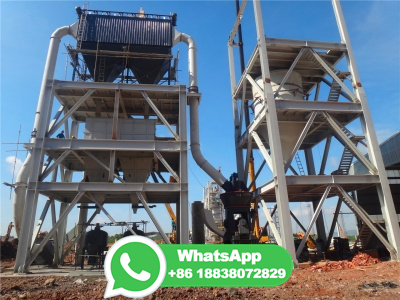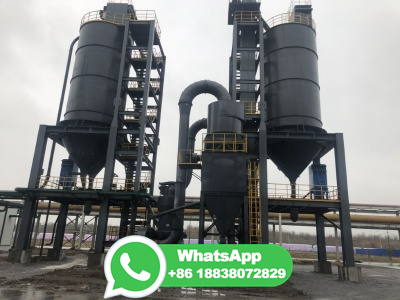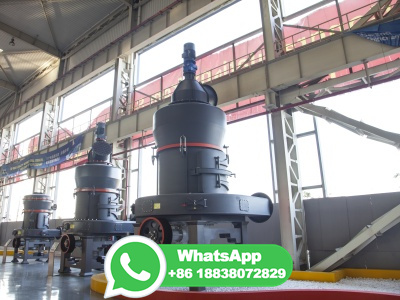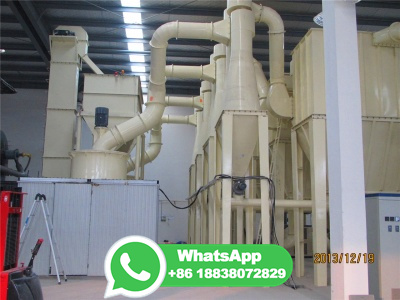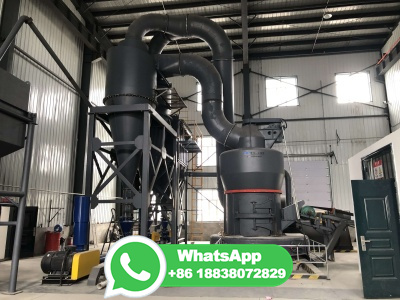Electrochemical Grinding: Working, Application, Advantages More
In Electrochemical grinding, the metal bonded grinding wheel filled with a nonconductive abrasive. The grinding wheel act as a cathode and the workpiece is act as an anode. The electrolyte, which is usually sodium nitrate, sodium chloride, potassium nitrite, with a concentration of to kg/litre of water.









